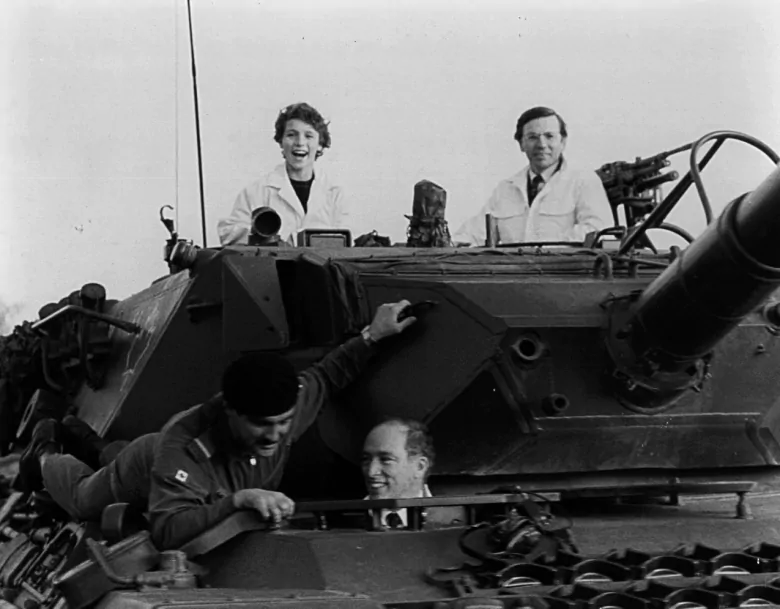From the perspective of military capability for defence, peacekeeping and disaster-relief operations, the tide in 2020 has effectively turned between liberator and liberated, writes Robert Smol.

This column is an opinion by Robert Smol. He holds a Master of Arts in War Studies from the Royal Military College and served more than 20 years in the Canadian Armed Forces, retiring as a Captain in the Intelligence Branch. He is currently studying law in Toronto. For more information about CBC’s Opinion section, please see the FAQ.
The people of the Netherlands keep the memory of the Canadian-led liberation of their country alive with a celebration every May 5, but here in Canada we should hang our heads in embarrassment as the 75th anniversary is marked this year.
Why? From the perspective of military capability for defence, peacekeeping and disaster-relief operations, the tide in 2020 has effectively turned between liberator and liberated.
Today the Dutch military — on land, sea, and in the air — is better equipped and technologically superior to the country that fought so hard to win back their independence.
Multiple Canadian Army divisions, including hundreds of Canadian-built and manned tanks, fought their way at great cost through the highly urbanized, obstacle-rich Netherlands in 1945.
Fast-forward to 2020, and Canada’s mobile land defence is supported by 80 aging Leopard tanks, many of which are second-hand purchases from, yes, the Netherlands!

Today’s Dutch military also complements its newer tanks and armoured vehicles with a fleet of 28 recently upgraded, heavily armed AH-64 Apache Attack Helicopters, forming part of the country’s Defence Helicopter Command.
Canada has no attack helicopter capability, and our modern martial weakness relative to our Dutch allies was made obvious during peacekeeping operations in Mali in 2018.
We had to quickly “soup up” our old fleet of unarmed Griffon utility/transport helicopters with improvised machine guns, so that it could have at least some semblance of the combat capability of the heavily armed Dutch and German helicopters we were replacing on that peacekeeping mission.

And when it comes to costly multi-role fighter jets, the Netherlands is also outdoing Canada. While Canada has indefinitely delayed its planned purchase of new F-35 Stealth Fighters, choosing instead to buy old, second-hand F-18s from Australia, the Royal Netherlands Air Force is in the process of replacing its old F-16 jets with 37 new F-35s.
Likewise, when meeting the challenge of protecting ground forces and civilians from air attack, the Dutch are also dominating the sky.
In 2012, the Conservative government under Stephen Harper finally euthanized Canada’s sickly ground air-defence capability, retiring the

